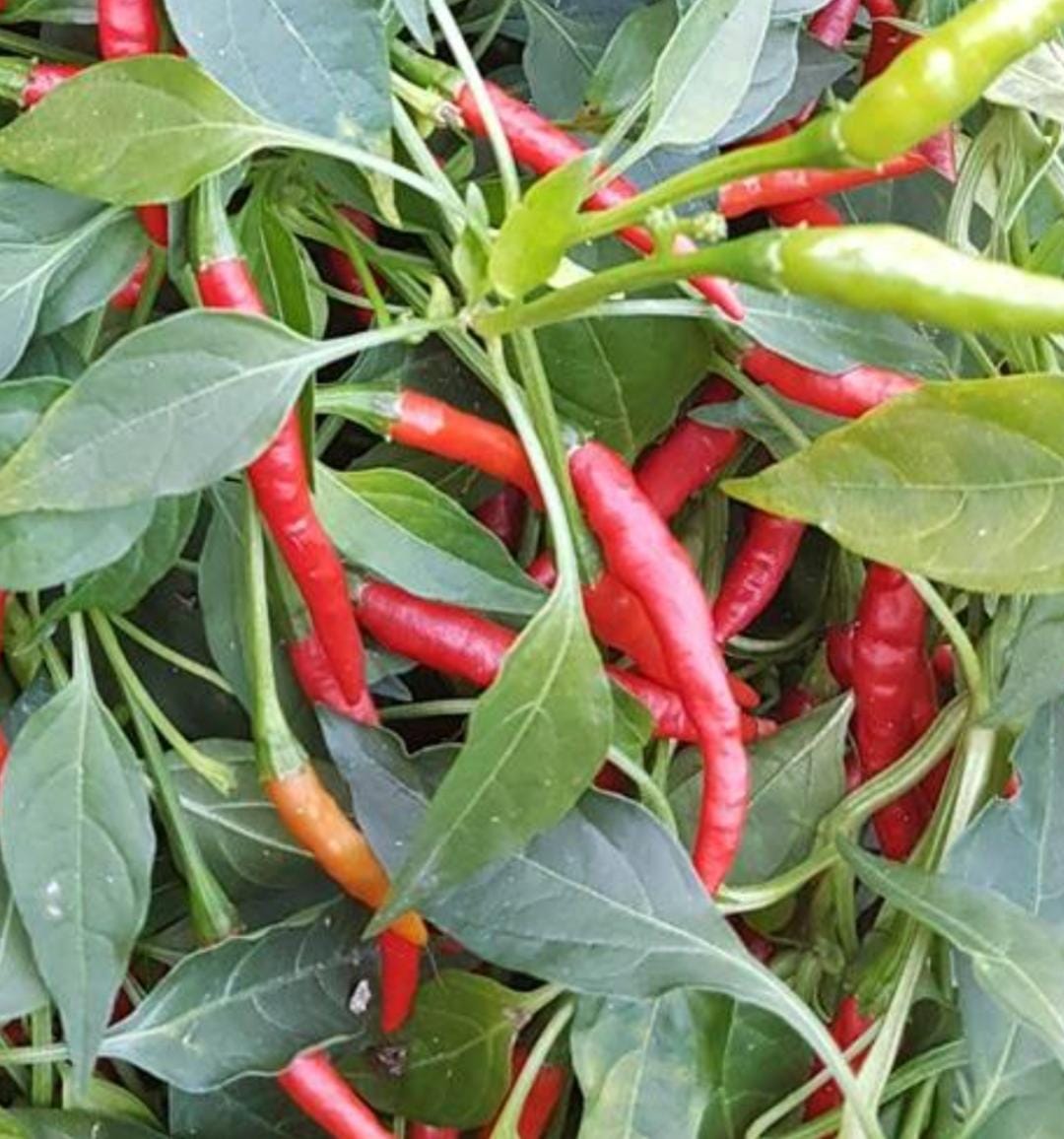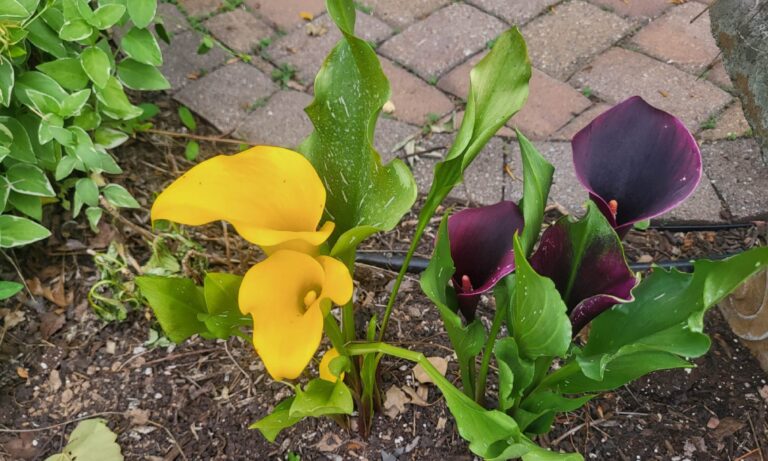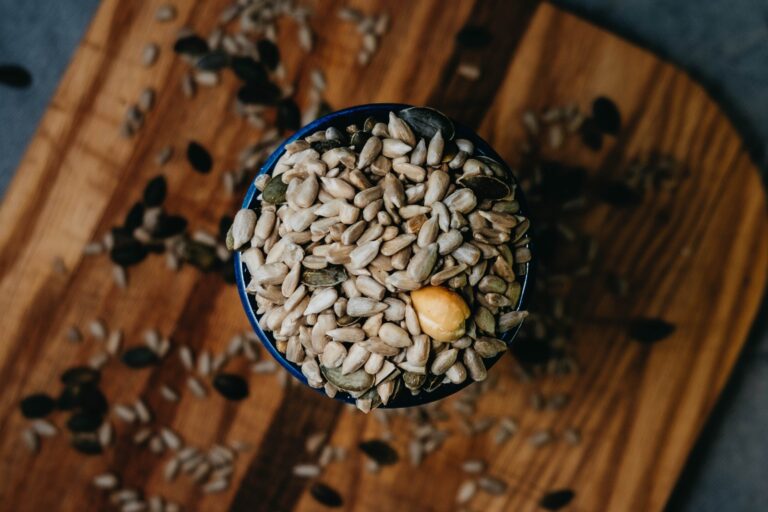Burning Bush Chili: 4 Exclusive Ways to Hone Your Culinary Skill
Introduction
Few chili pepper names elicit as much interest as Burning Bush Chili. While the name suggests fire and spice, this one-of-a-kind cultivar is also rich in botanical intrigue and culinary possibilities. The Burning Bush Chili is well-known for its strong heat and peculiar flavor profile, making it an intriguing subject for pepper fans, foodies, and gardeners. This blog digs into the scientific properties, cultivation, culinary usage, and health advantages of the Burning Bush Chili, giving readers an in-depth look at this flaming wonder.
Taxonomy and Origins
The Burning Bush Chili, like all chili peppers, belongs to the Capsicum genus, which is part of the nightshade family (Solanaceae). This chili is a cultivar of Capsicum chinense, a species that produces some of the world’s hottest peppers, including the notorious Carolina Reaper and Trinidad Scorpion. Capsicum chinense originated in the tropical regions of the Americans, specifically in modern-day Brazil and the Caribbean.
Although the actual history of the Burning Bush Chili is unknown, it is believed to be the result of selective breeding to maximize both heat and flavor. With its spicy reputation, it immediately became a favorite among chili fans and gardeners looking for a robust, spicy pepper.
Horticultural Characteristics
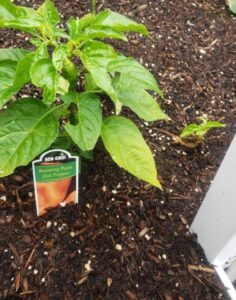
The Burning Bush Chili plant is relatively compact, reaching a height of 2 to 3 feet (60 to 90 cm). It features dark green, glossy leaves that are typical of the Capsicum chinense species. One prominent trait of the plant is its resistance to heat and drought, making it ideal for growing in warm climes.
The fruits of the Burning Bush Chili are small to medium in size, resembling lanterns or elongated pods. When fully ripe, the peppers turn a bright, vibrant red, suggesting that they are ready for harvest. The skin is smooth, and the flesh is rather thin, allowing the peppers to dry quickly – an important feature for preservation and long-term storage.
Capsaicin, a natural chemical responsible for the extreme heat associated with peppers, is at the heart of the chili’s potency. Capsaicin is contained in the chili’s interior membranes, making them exceptionally spicy. On the Scoville Heat Scale, the Burning Bush Chili registers between 800,000 to 1,200,000 Scoville Heat Units (SHU), making it one of the world’s hottest peppers. The Burning Bush Chili can be up to 150 times hotter than the ordinary jalapeño, which has a SHU range of 2,500-8,000.
Cultivation and Growing Conditions
The Burning Bush Chili demands close attention to soil, light, and temperature. As a tropical plant, it prefers warm, sunny conditions with temperatures ranging from 77°F to 86°F (25°C to 30°C). For gardeners in cooler locations, growing this chili in a greenhouse or under controlled conditions is recommended.
Soil Requirements
Burning Bush Chili prefers well-drained, nutrient-rich soil with a pH of 6.0 to 6.8. Waterlogging must be avoided since too much moisture can cause root rot and other fungal illnesses. A loamy or sandy soil rich in organic matter, such as compost or well-rotted manure, will offer the plant with the nutrients it needs for healthy growth.
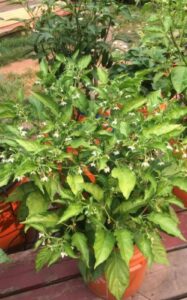
Light and Water
The Burning Bush Chili, like most peppers, requires direct sunlight for at least 6 to 8 hours per day. Adequate sunshine not only stimulates rapid growth, but also increases the production of capsaicin, which contributes to the peppers’ heat level. When it comes to watering, these plants prefer an even moisture level. While they are moderately drought-tolerant, inconsistent watering can stress the plant and diminish fruit quality. A drip irrigation system is great for ensuring even watering without oversaturating the soil.
Temperature and Humidity
Temperature is important to the germination and growth of the Burning Bush Chili. Seeds should be planted indoors in seed trays about 8 to 10 weeks before the last frost. Germination happens best at temperatures ranging from 78°F to 90°F (26°C to 32°C). Once the seedlings have grown and there is no chance of frost, they can be moved outside or into larger pots.
While the Burning Bush Chili can tolerate high humidity, excess wetness on the foliage can raise the risk of fungal disease. Ensuring proper air circulation around the plants helps to reduce this risk.
Pests and Diseases
While the Burning Bush Chili is fairly resilient, it is vulnerable to common garden pests like aphids, spider mites, and whiteflies. Organic pest management approaches, such as neem oil or insecticidal soaps, can assist manage infestations while minimizing harm to beneficial insects. Gardeners should also keep an eye out for fungal diseases such as powdery mildew and blight, which thrive in humid conditions. Inspecting plants on a regular basis and removing any damaged leaves will help prevent disease spread.
Harvesting and Post-Harvest Processing
The Burning Bush Chili fruits can be collected after they reach full maturity, which usually occurs when they turn a deep red color. Harvesting normally occurs between 70 and 90 days after transplanting, depending on the growing circumstances. To avoid skin irritation caused by capsaicin, use gloves when handling the fruits.
After harvesting, the peppers can be utilized fresh, dried, or processed into a variety of products. Drying peppers is a popular method of preservation since it concentrates their flavor and intensity. Dehydrating the fruits at low temperatures or air-drying them in a well-ventilated environment preserves the peppers’ vitality. Dried Burning Bush Chili can then be crushed into powder or preserved whole for future use in cooking.
Culinary Uses
In the culinary world, Burning Bush Chili is valued for its ability to impart tremendous heat and a diverse flavor profile to meals. While the capsaicin content is exceptionally high, this chili also has a slightly fruity and smokey undertone, making it an adaptable component in a variety of cuisines.
Spicy Sauces and Marinades

One of the most prominent applications for Burning Bush Chili is the production of hot sauce. Its combination of spice and fruitiness makes it great for combining into sauces to serve with grilled meats, shellfish, and roasted vegetables. These sauces can be made with a variety of herbs, spices, and vinegars to balance the heat with sour or sweet flavors.
Marinades with Burning Bush Chili are ideal for infusing meats with flavor and heat. Because of its high heat, only a small amount of chili is needed to make a marinade that packs a punch.
Chili Powders and Spice Blends
Burning Bush Chili, dried and ground, is a potent spice blend ingredient. A tiny pinch can increase the heat level of soups, stews, and curries while also adding depth of flavor. Because of its strength, it is frequently blended with milder spices such as paprika or cumin to create a more balanced spice blend.
Preserved Chilies
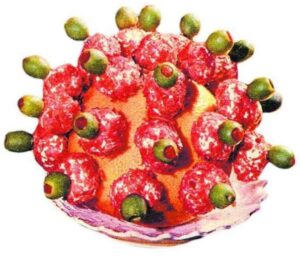
Burning Bush Chili can also be stored in oil, vinegar, or brine, providing long-term preservation and simple access to its scorching flavor. These preserved chilies can be used as a condiment or added to recipes like stir-fries, pasta, and pizza for an extra heat.
Desserts and Beverages
While it may appear paradoxical, Burning Bush Chili can be used sparingly to enhance sweet meals and beverages. Its heat can provide an unexpected contrast to rich chocolate delicacies like brownies or truffles, where the capsaicin accentuates the depth of the cocoa. Spicy cocktails and beverages, such as chili-infused margaritas or hot cocoa, are other interesting ways to employ spicy chili in unique dishes.
Health Benefits
Aside from its culinary appeal, the Burning Bush Chili has various health benefits thanks to its high capsaicin concentration and a variety of vitamins and antioxidants. According to studies, capsaicin can help you lose weight, improve your cardiovascular health, and reduce inflammation.
Cancer-Fighting Potential
According to research, capsaicin may have cancer-fighting abilities because it induces apoptosis (programmed cell death) in some cancer cells. This impact has been investigated in malignancies including prostate, breast, and lung cancer. While a study is underway, the Burning Bush Chili’s potential as an anti-cancer agent has piqued oncologists’ curiosity.
Blood Sugar Regulation
There is evidence that capsaicin may help manage blood sugar levels, which is especially advantageous for people who have type 2 diabetes or are at risk of developing it. Capsaicin has been proven to increase insulin sensitivity, allowing the body to use glucose more effectively. Including Burning Bush Chili in your diet may assist in normalizing blood sugar levels.
Enhanced Immune System
Burning Bush Chili contains a high concentration of vitamins and antioxidants, particularly vitamin C, that are essential for immune system function. Vitamin C promotes the production of white blood cells, necessary for the body’s defense against illnesses. The antioxidants in chili also assist in neutralizing free radicals, which can harm cells and cause sickness.
The Science Behind the Heat

The intense heat of Burning Bush Chili is caused by the interaction of capsaicin with a specific receptor in the body known as TRPV1 (Transient Receptor Potential Vanilloid 1). This receptor is in sensory neurons responsible for sensing heat and physical abrasion. When capsaicin attaches to TRPV1, it delivers a signal to the brain that causes a sense of heat, although no temperature change has happened. This is why eating a Burning Bush Chili may make your mouth feel like it’s on fire, even if the chili’s actual temperature remains constant.
Interestingly, prolonged exposure to capsaicin can desensitize these receptors, so people who eat spicy peppers frequently develop a tolerance to their intensity. This phenomena has resulted in a popular challenge culture around super-hot peppers, in which aficionados push their limits by consuming more spicy types.
A Fiery Future
The future of the Burning Bush Chili appears promising, as it continues to pique the interest of chefs, gardeners, and researchers alike. Its powerful combination of heat, flavor, and health benefits makes it a versatile and popular ingredient in kitchens all around the world. With its high heat tolerance and ease of maintenance, it is a one-of-a-kind and enjoyable gardening challenge.
Conclusion
In summation, Burning Bush Chili is more than just a spicy accent to your meals; it exemplifies the Capsicum genus’ richness and diversity. Whether you’re drawn to its blazing heat, curious about its health advantages, or eager to cultivate it in your own garden, this chili pepper has something for everyone. The scientific interest and culinary possibilities it stimulates assure that Burning Bush Chili will be a hot pepper mainstay for many years to come.

